A good beacon check is one of many important decisions we need to make in order to have a successful day in the snow-covered mountains. An incomplete check of your group’s beacons can result in the inability to perform a rescue or to be rescued. Many details should be checked to ensure your beacon is working correctly and you are wearing it correctly. The list includes: Display issues, battery strength, what type of batteries are being used (quality, name brand, alkaline, not lithium or rechargeable), where electronics and any metals are stored, search mode, transmit mode and that your beacon is stowed properly. If your beacon is stowed in your pant pocket it needs to be clipped in and zipped shut with nothing else in there. The pocket should be relatively protected i.e., not a cargo pocket vulnerable to damage in a fall. Wear a belt and/or suspenders so if you get in an avalanche you don’t lose your pants. If stowed in the manufacturers harness have it beneath a layer you know you will not take off during the day. Display should face in. When checking beacons’ search / transmit functions avoid touching them together, instead give them some space to protect the computers. There is more, what else does your owners manual state?
Common issues seen from first timers to seasoned professionals are: not checking battery strength, not clipped in, and electronics, metals or foil wrappers in close proximity. Beacons of varying manufacturers from time to time have issues with display errors and sometimes not even picking up or transmitting a signal, even brand new ones. If you start your day with a low battery percentage and you are buried your beacon might die and so will you. If you don’t have your beacon clipped in, and you need to search, there is a good chance you will drop it and watch it slide away or become lost in the snow. If your phone, Go Pro, radio or other electronic device is near your beacon you diminish your chance of transmitting properly and when searching you will likely have funky things happening, slowing and screwing up your search. In short, if you miss key parts to a beacon check, then what is the point of even having one?
That is a lot to remember for a first timer none-the-less a seasoned professional. How are you supposed to remember all those details among the thousands of other decisions going through your head during the day? Even if you do, how are you able to make sure you and your partners are following best practices, each and every time?
I was pondering one early summer morning how to teach a simple, easy to remember, yet complete beacon check which would work every time. I came up with an acronym which includes the vital parts. It is D’BEST. (Display, Battery, Electronics, Search and Transmit). This method has been proven effective for hundreds of students this last season. It is a night and day difference from past years. Two weeks after the first course of the season I went out for a ski with my girlfriend. Leaving the parking lot I ran into a past student, he said “Hey Nick! We are doing our D’BEST beacon check.” We both smiled. Later in the season one of my colleagues was at a local restaurant, and overheard some students talking about how great the current course was and said, “Yeah and they taught us a really easy way to do a beacon check! It’s D’BEST”
With help from Joe Stock we have created an outline for this beacon check. Whether teaching, guiding or out with friends I use it every day. I would encourage everyone to give it a try to see how it works as your beacon check.
The following is an outline to run a daily beacon check. In "quotes" is what one leader would say to the group. You should also conduct a range check at least once a year.
The D’BEST Beacon Check - Created by Nick D’Alessio
Display - “Turn beacons on. Check battery and display for errors.”
Battery - “Battery strength?” (replace at 50%)
Electronics - “Electronics 50cm away? Airplane mode (to save battery), or turned off?”
Search - “Everyone to Search.” When silent, leader transmits & checks group.
Transmit - “Transmit and stow properly.” Leader on search & checks group.
Last person watches leader go to transmit & stow properly.






